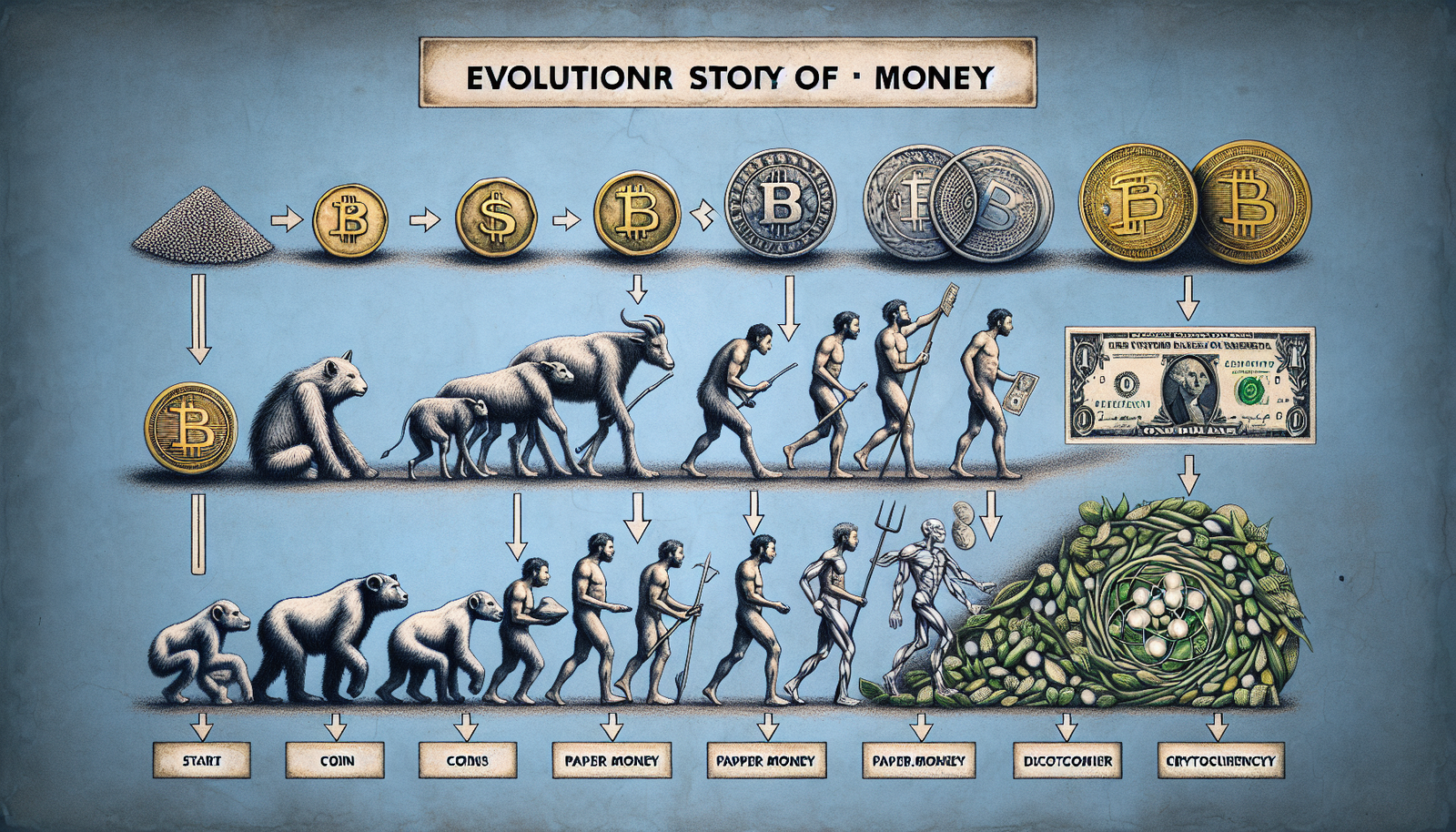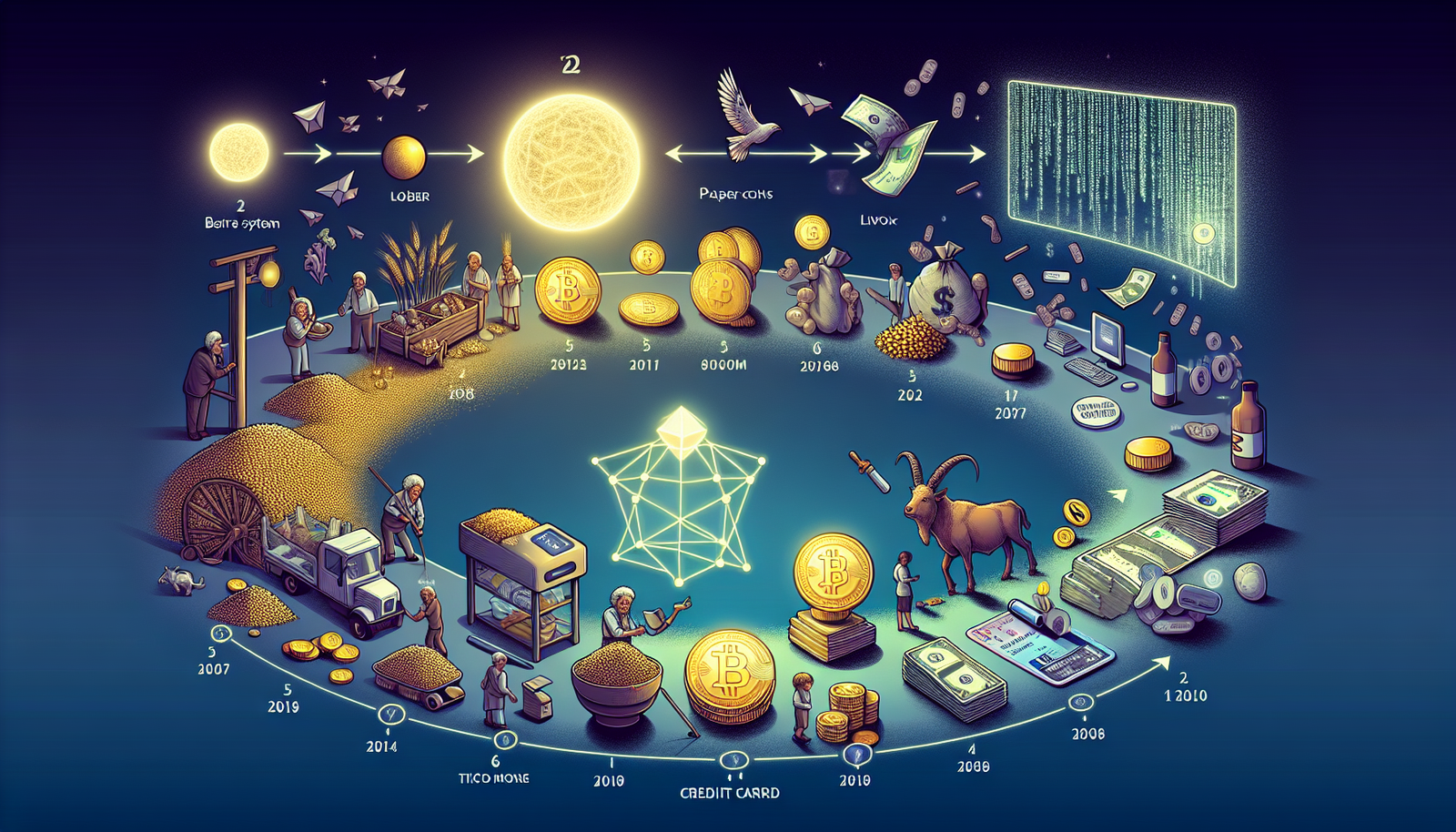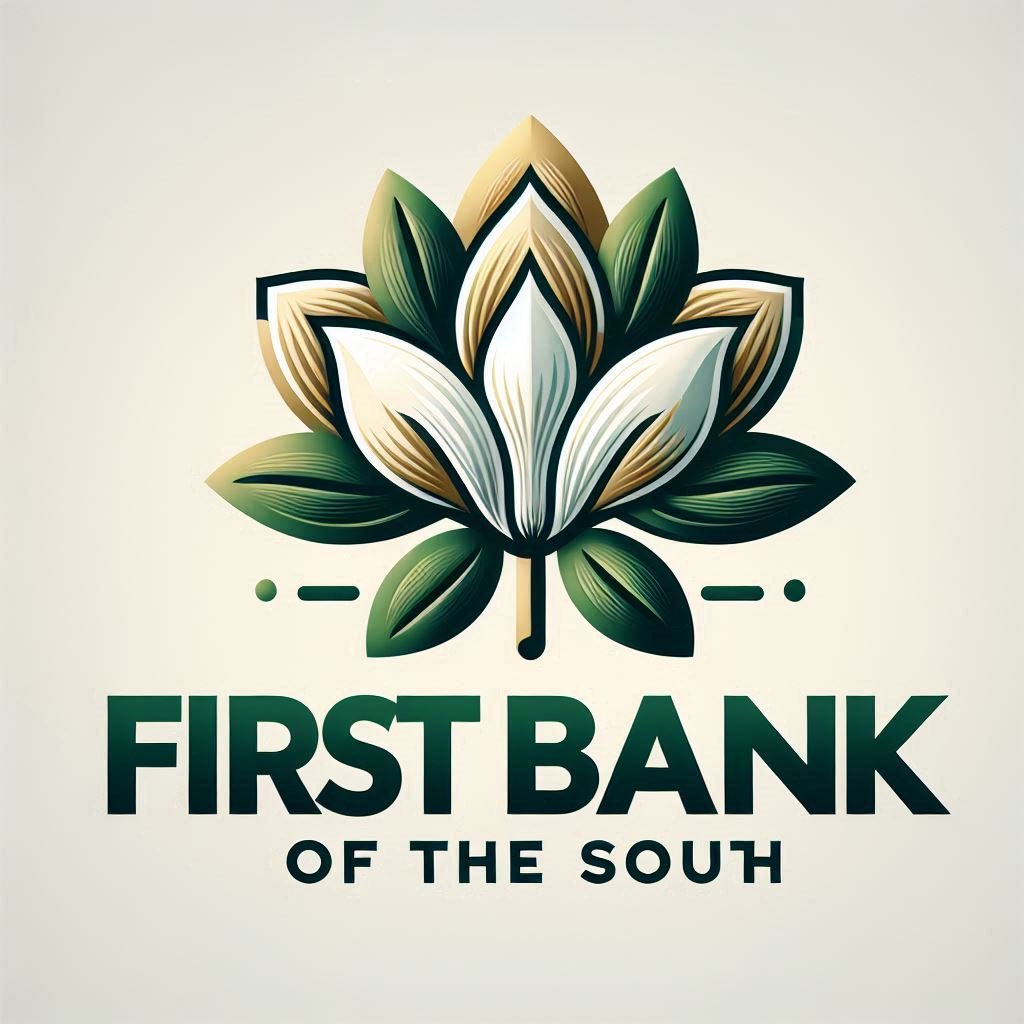
Imagine for a moment – a world without the concept of money. Now return to reality, and remember it’s an indispensable cornerstone of our lives. You, like many, may use it without delving into its core essence. In this exploration, “Nature of Money,” you will be taken on a journey to trace the lifeblood of economies, from its inception to its current digital transformation. Peering into the deep, layered nuance of money, you unravel its nature, role, and impact in shaping societies and civilizations across the globe. Venture into the purpose and power that gives this seemingly common entity its actual worth. Ready yourself to explore the extraordinary nature of this ordinary object we encounter in our everyday life – money.

Understanding the Basics of Money
The all-too-familiar crinkled notes, shiny coins, and virtual numbers that we fiercely chase and jealously guard are, at their most basic, just a form of money. But what exactly is money?
Definition of money
Money, in all its forms, is fundamentally a medium of exchange for goods and services. It’s an agreed-upon store of value that enables transactions, simplifies trade, and lubricates the cogs of modern economies. It transcends the obstacles and complexities of barter and creates a system where goods and services are traded for an acceptable intermediate, i.e., money.
Functions of money
Through the centuries, money has donned several hats – it is a medium of exchange, a unit of account, a store of value, and a standard of deferred payment. These myriad functions enable money to serve as an effective and efficient system of economic exchange.
Physical versus virtual money
Traditionally, money took on physical forms like coins and paper notes. However, technological advancements have increasingly made money digitized; you now transact with virtual money through credit cards, online wallets, and cryptocurrencies.
Historical Evolution of Money
From seashells to Bitcoins, money has undergone a significant transformation since its inception.
Barter trade system
The earliest form of trade involved the exchange of goods for goods, also known as the barter system. However, this system had its limitations, the most significant being the “double coincidence of wants.”
Introduction of coins
Coins were introduced as a convenient and standardized form of money. Initially, their value was associated with the value of the material from which they were made – gold, silver, copper.
Paper money and banknotes
With the advent of paper money and banknotes, money became lighter and easier to handle. These were initially backed by a corresponding amount of gold or silver, thus ensuring their value.
Digital currency evolution
In the digital age, money has transcended physical forms and become something intangible,something you can’t hold or touch. This transformation has given rise to digital currencies and cryptocurrencies.
Types of Money
Throughout history, different types of money have been used, each with its unique characteristics and value.
Commodity money
Commodity money derives its value from the commodity it’s made from. Gold and silver coins are good examples – the gold or silver in the coins gives them their value.
Representative money
Representative money is a token or piece of paper that’s not valuable in itself, but represents a promise to pay a certain amount of a commodity like gold or silver.
Fiat money
“Fiat” is a Latin term meaning “let it be done.” Fiat money is declared by a government to be legal tender. Its value doesn’t come from a physical commodity but from the trust and confidence people place in the value of the money.
Cryptocurrency
Cryptocurrencies are the latest addition to the types of money. These are digital or virtual currencies that use cryptography for security. Their value is not governed by any central authority but by the technology and trust in the system.

Characteristics of Money
For anything to function as money, it needs to possess certain characteristics. Let’s explore them.
Durability
Money needs to be durable so it can withstand handling and exchange. This is why we use metal for coins and high-quality paper or polymer for banknotes.
Portability
For money to be effective, it needs to be portable. You should be able to carry it with you and use it for transactions.
Divisibility
We require a wide range of monetary values to purchase goods and services. Money, therefore, needs to be divisible into smaller units.
Uniformity
Every unit of money must be identical to every other unit. This uniformity ensures that money is universally accepted and recognized.
Limited supply
Money must be limited in supply to preserve its value. If money were abundant or infinite, it would lose its worth.
Acceptability
Most importantly, money needs to be widely acceptable for transactions. If people don’t accept it as payment, it can’t function as money.
The Role of Money in the Economy
Money plays a significant role in facilitating and shaping economic activity.
Medium of exchange
As a medium of exchange, money facilitates trade. It allows goods and services to be traded without the need for barter.
Measure of value
Money acts as a universal measure of value. It provides a consistent way of comparing the value of goods and services against each other.
Standard of deferred payments
Money is also the standard of deferred payments; it enables lending, borrowing, and the establishment of future monetary transactions.
Store of value
Lastly, money is a store of value. It allows you to save and use your buying power in the future.
The Process of Money Creation
Money doesn’t just grow on trees; it’s created through complex systems and regulations.
The role of central banks
Central banks play a crucial role in money creation. They control the money supply through methods such as setting interest rates and lending money to commercial banks.
Fractional reserve banking
fractional reserve banking is a system where banks are required to hold a fraction of their customer’s deposits as reserves (cash held in the bank). The banks lend the rest of the money out, which creates new money in the economy.
The money multiplier effect
The money multiplier effect shows how a change in banks’ reserves could increase the total money supply in the economy.
Controllers and Regulators of Money
Money and its supply are regulated by various entities to maintain financial stability.
Central banks
central banks control and oversee a nation’s monetary policy. They regulate the money supply, set interest rates, and aim to control inflation.
Government bodies
In addition to central banks, government bodies often play a role in regulating and overseeing the monetary system.
International monetary organizations
International monetary organizations like the International Monetary Fund (IMF) and the World Bank play a significant role in regulating international finance and money supply.
The Value of Money
Money’s value isn’t static. It’s influenced by a multitude of factors.
Intrinsic versus face value
The value of money can be intrinsic (based on the material it’s made from) or face value (value printed on the note or coin).
Factors affecting the value of money
Various factors such as interest rates, inflation, economic stability, and supply and demand influence the value of money.
Understanding inflation and deflation
Inflation and deflation, respectively referring to a general rise and fall in the price of goods and services, deeply impact the value of money.
Digital Money and Cryptocurrency
The digital age has spurred the creation of new forms of money, significantly transforming how we transact and trade.
Defining digital money and cryptocurrency
Digital money is intangible and operates electronically. Cryptocurrency is a type of digital money, secured by cryptography and running on blockchain technology.
Benefits and challenges
While digital money and cryptocurrencies offer several benefits, such as speed and global reach, they also herald challenges such as volatility, security, and a lack of central control.
Impact on the economy and financial system
These innovative forms of money have the potential to revolutionize our financial systems, economies, and even the power dynamics of our global systems.
The Future of Money
While the future is always uncertain, certain trends hint at how the future of money might take shape.
The move to cashless societies
As technology advances and societies evolve, more and more countries are veering towards cashless economies, underpinned by digital and mobile payments.
Increased use of cryptocurrencies
Cryptocurrencies are gaining increased acceptance, heralding a future where they might become commonplace.
The potential of central bank digital currencies (CBDCs)
Many central banks are exploring digital currencies (CBDCs), which could be a revolutionary step in the evolution of money and monetary policy.
In its journey from barter to blockchain, the nature of money has evolved, shaped by society’s needs and technological progress. It is a mirror that reflects the times and will continue to do so in the future. The forms it will take and the impact it will bring – only time will tell. But what is guaranteed is the continuous, relentless evolution of money.

Comments (13)
Bria Hirthesays:
02/08/2024 at 8:40 AMYour blog post was fantastic, thanks for the great content!
Julio Schimmelsays:
02/08/2024 at 5:36 PMElevate your website’s quality with ToolBox Hub! Our suite of SEO, text, and image tools is designed to enhance every aspect of your online presence. Make your site irresistible to both search engines and audiences. Experience the uplift with ToolBox Hub today.
Dessie Kozeysays:
02/08/2024 at 7:23 PMIts like you read my mind You appear to know a lot about this like you wrote the book in it or something I think that you could do with some pics to drive the message home a little bit but instead of that this is fantastic blog An excellent read I will certainly be back
Lydia Purdysays:
02/12/2024 at 9:37 AMI was suggested this web site by my cousin Im not sure whether this post is written by him as no one else know such detailed about my trouble You are incredible Thanks
Myles Schinnersays:
02/13/2024 at 9:32 AMI just could not depart your web site prior to suggesting that I really loved the usual info an individual supply in your visitors Is gonna be back regularly to check up on new posts
Jeanie Kutchsays:
02/13/2024 at 7:42 PMYour content is a valuable resource.
Mechanicsays:
02/15/2024 at 1:51 PMI just could not depart your web site prior to suggesting that I really loved the usual info an individual supply in your visitors Is gonna be back regularly to check up on new posts
Enid Blocksays:
02/16/2024 at 5:59 PMI do trust all the ideas youve presented in your post They are really convincing and will definitely work Nonetheless the posts are too short for newbies May just you please lengthen them a bit from next time Thank you for the post
Douglas Medhurstsays:
02/16/2024 at 7:44 PMfa premier league results
台北舒壓says:
02/25/2024 at 3:43 PMupysm.com 是一個專業的社交媒體推廣平台,提供各種刷粉絲服務,讓您的Instagram、Facebook、Youtube等帳號快速增加人氣和影響力。無論您是個人創作者還是企業品牌,我們都可以為您量身定制最合適的方案,讓您在社交媒體上脫穎而出。
Fernando Beattysays:
03/20/2024 at 8:54 PMYou’ve covered aspects of this topic I hadn’t seen discussed elsewhere. Impressive.
Ashlynn Lucille Miriam Norrissays:
03/23/2024 at 8:29 AMyou are in reality a just right webmaster. The site loading velocity is incredible. It seems that you are doing any unique trick. In addition, The contents are masterwork. you have performed a wonderful task on this topic!
Julio Chamberssays:
03/24/2024 at 6:11 AMThis blog is like a virtual mentor, guiding me towards personal and professional growth Thank you for being a source of inspiration